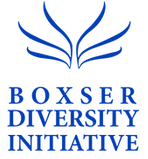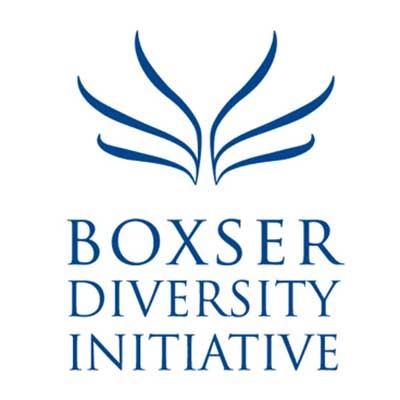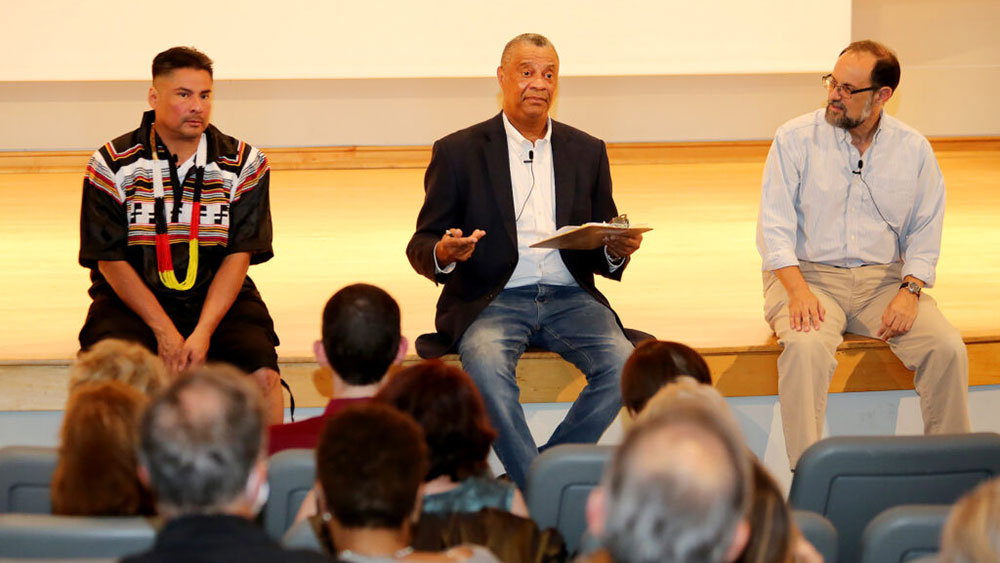Article originally published in the Seminole Tribune by Beverly Bidney.
Documentaries by Native American filmmakers were screened at the Sarasota Native American Film Festival Sept. 9-10. The mission of the festival was to showcase work by Indigenous directors and writers who share their experience of being Native American.
About 300 people attended the festival, which was held at New College of Florida’s Mildred Sainer Pavilion. The festival was produced by Seminole tribal member Everett Osceola, the Sarasota Film Festival and the Boxser Diversity Initiative. This was the third festival; the previous ones were held online.
More than 40 Native American tribes were represented at the festival, which gave attendees an inside look at the diversity of the Native nations.
“It’s important that Native Americans tell their stories,” Osceola said. “People need to hear it from the horse’s mouth. We all have struggles, but even among the rain you will have sunshine. The film festival shows that we are people like anyone else and we have a rich and beautiful culture.”
Osceola grew up loving films; the “Wizard of Oz” was a favorite. He cofounded Native Reel Cinema Festival in 2014 to give Indigenous people a platform to show their work and tell their stories.
“My mother wouldn’t let me off the reservation, so I escaped through films,” said Osceola, who grew up on the Hollywood Reservation. “My dream was to see our language on the screen.”
During the festival, Seminole artist Wilson Bowers created a painting in the lobby. The painting, an interpretation of the crawdad patchwork design, was later donated to the Boxser Diversity Initiative.
More than a dozen films were screened, including a few short films which highlighted various aspects of Seminole history such as Black Seminoles, John Horse, Egmont Key and the importance of tribal sovereignty. Other showings included four films from the Sundance Short Film Tour, two by award winning Diné filmmaker Shaandiin Tome and feature length documentaries on the history of the MoDoc Nation and missing and murdered Indigenous women.
“The main reason we do this is there are very few Native Americans living in this area and very few of us know anything about them,” said Sarasota resident Dan Boxser, founder of the Boxser Diversity Initiative. “We have learned so much about the Seminoles.”
After the screenings, Osceola, Bowers and Tome held question and answer periods with the audience. One audience member said she never knew the story about Egmont Key before seeing the film, which told the story of Polly Parker, a Seminole hero whose escape from U.S. soldiers during forced relocation in the 1800s, and her ensuing 300plus mile walk through woods and swamps to the Lake Okeechobee area, helped define the unconquered Seminoles.
“Polly Parker was my great-great-greatgreat grandma,” Osceola said. “We were never given the luxury of telling our own history, which is why it’s important that we preserve Egmont Key and its history. We are still here surviving, speaking our language and living our culture.”
“History is hidden in plain sight,” said New College of Florida professor of anthropology Uzi Baram. “The Seminole Wars tried to erase that history. We have to put in the effort to know the history, document it and convey it.”
The film about sovereignty, produced by Seminole Media Productions, outlined the history of the tribe. The tribe fought the U.S. Army during the Seminole Wars and are still fighting for sovereignty. Osceola said the tribe was the first to use sovereignty when they fought for the right to have high stakes bingo, which led to Indian gaming.
“We were the first to start Indian gaming,” Osceola said. “Whenever we do things, our sovereignty is a constant target. We fight with pens and computers now. We are trying to protect the land we all live on.”
Tome’s feature film “Long Line of Ladies” premiered at the Sundance Film Festival. Earlier this year it won best documentary short at the South by Southwest Film Festival and became eligible for an Oscar nomination. Tome said a nomination would be a huge step for Indigenous films.
“We can to use the medium to create respect for Indigenous people,” Tome said. “I want to make a life worth living instead of just pumping out films. The world is understanding that Native people still exist in the modern day and we have a culture that drives us.”
Getting Indigenous films seen can be a challenge, which is where film festivals come in. Filmmakers use the film festival circuit to network, spread the word about their films and hopefully find a distributor interested in their films.
“It’s a tedious business, but I love what I do,” Osceola said. “I do love helping people. We want to show more films at Native Reel are still looking for films.”


